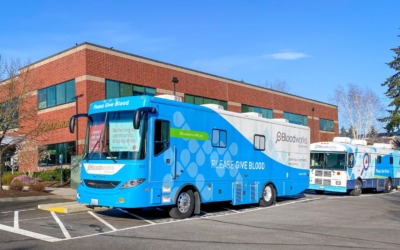By KAELYN SAYLES
UW News Lab
After years on the endangered list, the western pond turtle is making a comeback. And a project sponsored by the Woodland Park Zoo and the state Department of Fish and Wildlife has helped make this happen.
The Western Pond Turtle Recovery Project was set up in order to enable the turtles to survive by themselves in the wild. The western pond turtle was listed as endangered in 1993, according to a zoo press release. Rebecca Whitham, a spokesperson for the zoo, said when the annual project began, there were approximately 150 turtles left. Now, there are around 1,400.
Zookeepers and biologists spent last Wednesday preparing 91 turtles for release the following day. Although they were just 10 months old, they were the size of a 2- or 3-year-old, Whitham said.
Here’s a slideshow on release preparations.
This year, the Woodland Park Zoo Corps had two 18-year-old University of Washington interns, Ariel Thompson and Garrett Brenden, who helped care for the turtles and learned how to track the creatures, Zoo Spokesperson Gigi Allianic said.
Tammy Schmidt, a biologist, said the release sites are prescreened and must meet certain criteria specific to turtle habitats. The Columbia River Gorge took 13 of the released turtles, Pierce County took 19, and Mason County took 59, Allianic said.
This specific group of pond turtles came to the zoo in the fall after being collected from their nest in the wild.
Schmidt said that in order for the turtles to be released into the wild, they must weigh at least 50 grams, or about 1.76 ounces.
The zoo keeps the turtles in captivity for their first year because the likelihood of their being killed in the wild is high, Schmidt said. The main predators of western pond turtles are bass and bullfrogs, along with herring, coyotes and raccoons.
Every spring, the biologists will trap adult females for transmitters in order to weigh and measure them to track how the turtles are doing. Then they will use wire enclosure cages to protect the eggs so more turtles can hatch.
Jeff Skriletz, a wildlife biologist in Mason County for the Washington Department of Fish and Wildlife, said they put chips with numbers in the turtles so they can track them for the rest of their life.
The turtles also have a backup number that is derived from etchings made on the peripheral pieces of the shell. The notches add up to an assigned number that is there just in case the chip fails, according to Skriletz. Ten years from now they will still be able to count out the number and identify the turtle.
Keeping them in captivity allows them to avoid getting eaten while they are growing and to form their own population, Whitham said. “You do all you can and then send them on their way.”
(KAELYN SAYLES is a student in the University of Washington Department of Communication News Laboratory.)




